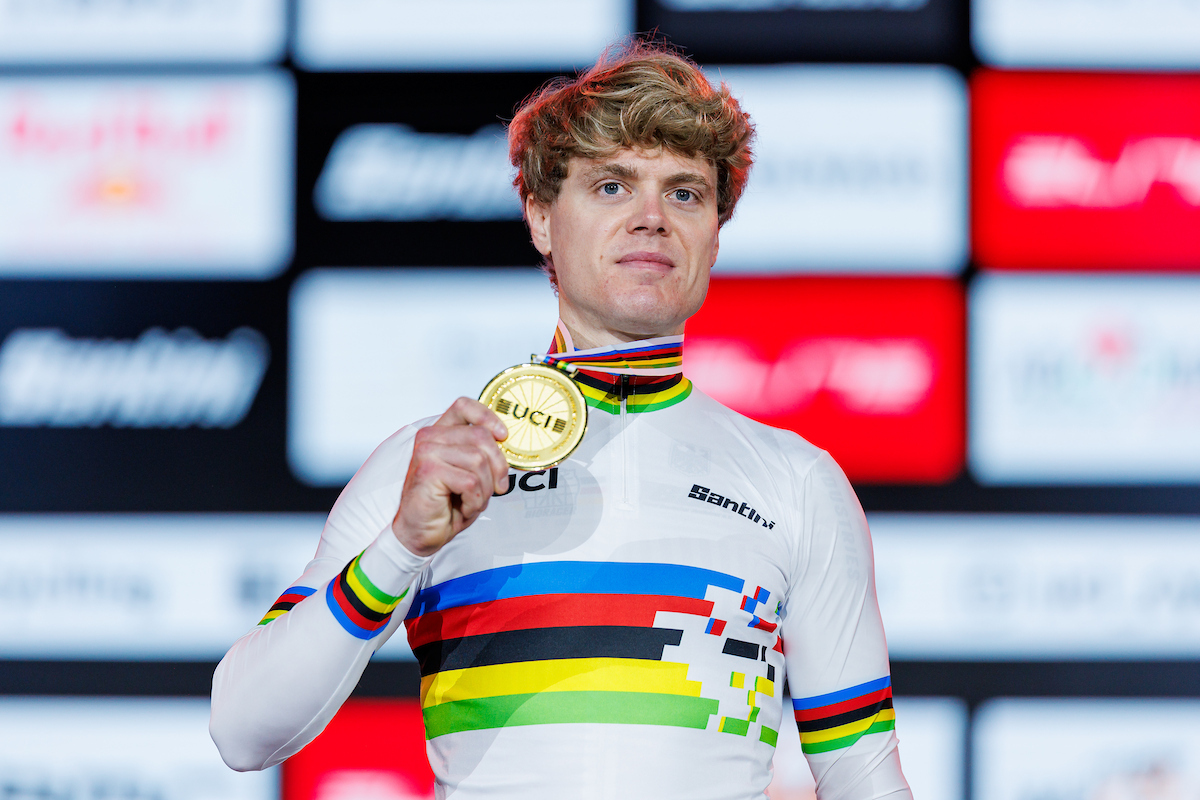Don't miss the early action each Tour de France stage
Frantic stage beginnings often overlooked

I don't know about you but I've been on the edge of my seat for the Tour de France stage finishes this week. But if the sprints have been action-packed, the start of a stage can be great to watch too. This is a crucial part of the race but you don't see it on TV that often.
Each day on the Tour de France there is the départ fictif, the symbolic start. It's a chance for the local mayor to get their money's worth as they see the riders off. The race rolls out in a neutralised convoy, some riders might chat at the back but others will be trying to move to the front, even using the grass verges to gain a few places. Nobody is allowed to pass Tour director Christian Prudhomme's red car with until the race reaches the départ réel with the big Kilometre Zero signs. Then Prudhomme waves a white flag and in the next five seconds everything changes.
In the red car the driver floors the accelerator and riders leap out of the saddle. If you were standing by the KM 0 sign you'd hear the swish of tubs on tarmac, the clank of taut chains finding the 11 sprocket and the rattle of carbon rims against brake blocks. What happens next depends on the stage.
If it's a finish for the sprinters then most likely a move is condemned because later on several teams will combine to capture the fugitive riders. Perhaps the yellow jersey's team will be on the front to keep an eye on who goes away but normally once the breakaway goes things calm down for everyone else. Often the first attack of the day gets away and the early action is over quickly. Yes, the escape may look futile but hope dies last, maybe one day it'll work. Plus there's pride in leading the race, not to mention points and prizes for the sprint and mountains competition as well as valuable TV airtime.
If the stage finish doesn't suit the sprinters this can mean fewer teams willing to chase and so the chance of a breakaway being able to contest the finish goes up substantially. Consequently half the peloton fancies its chances. Moves go clear, get pulled in and then someone else goes and even riders in moves off the front attack each other. This is frantic racing with non-stop attacking, often much less controlled than a stage finish. The race might cover 50km in the first hour, and on hilly terrain.
Note for all the action there are fewer crashes partly because fatigue has yet to set in but also because riders aren't trying to fit into tiny gaps, this is about attrition with riders taking turns to attack. This can be great TV but spare a thought for the rider on a bad day because they're battling just to hold the wheels. Finally the moment comes when a group goes and others think "I can't go on" or better "I've got a teammate up there" and they can sit up, marking the end of what Team Sky's managers label "Phase 1".
As the race heads into "Phase 2" and a good gap appears the riders escaping have to keep the effort up because if they don't take a minute's lead soon then others who missed the move might try to jump across.
The latest race content, interviews, features, reviews and expert buying guides, direct to your inbox!
Sometimes there are no cameras to film the start but some broadcasters will be covering stages from start to finish this year and if you get the chance be sure to watch the beginning of a stage as closely as you might follow the finish. Sometimes it's easy to tune and watch the breakaway get reeled in but you've missed the effort needed to make the move stick.
The Inner Ring blog has rapidly emerged as one of the most well informed and informative blogs about professional cycling.
The author has preferred to keep his identity a secret but clearly has a finger on the pulse of the sport. He writes from a fan's point of view but has inside knowledge of the sport thanks to a network of contacts and a close monitoring of the cycling media.
Link: inrng.com
